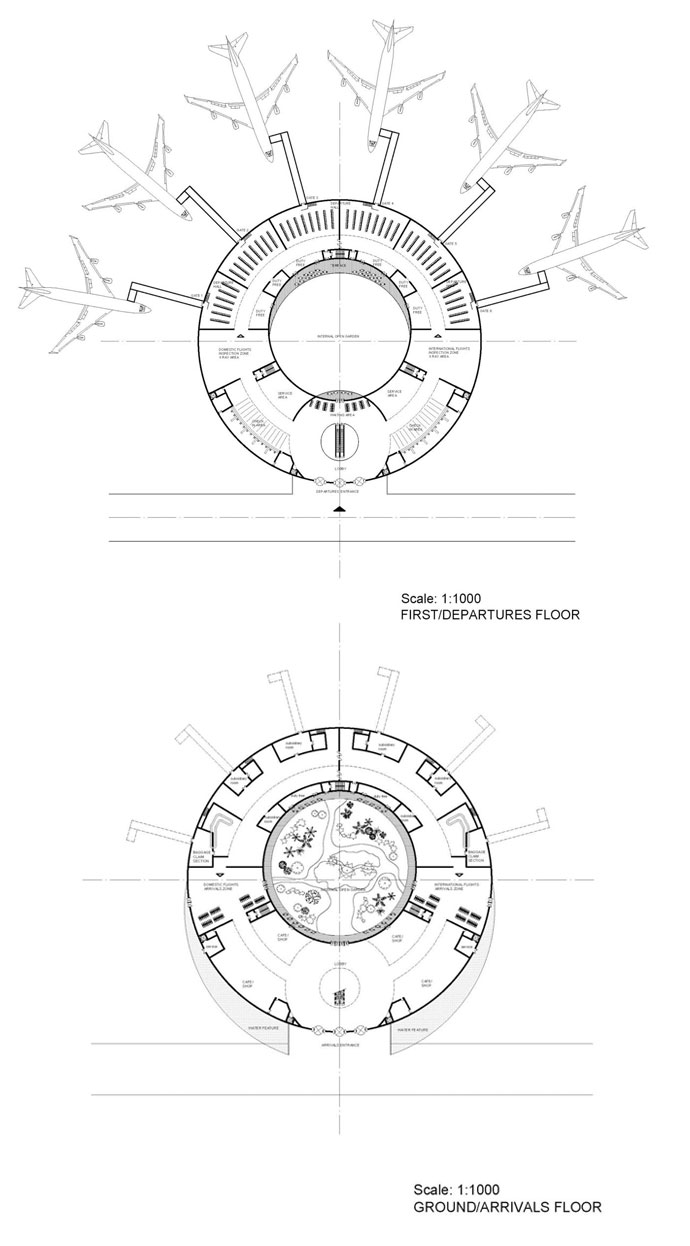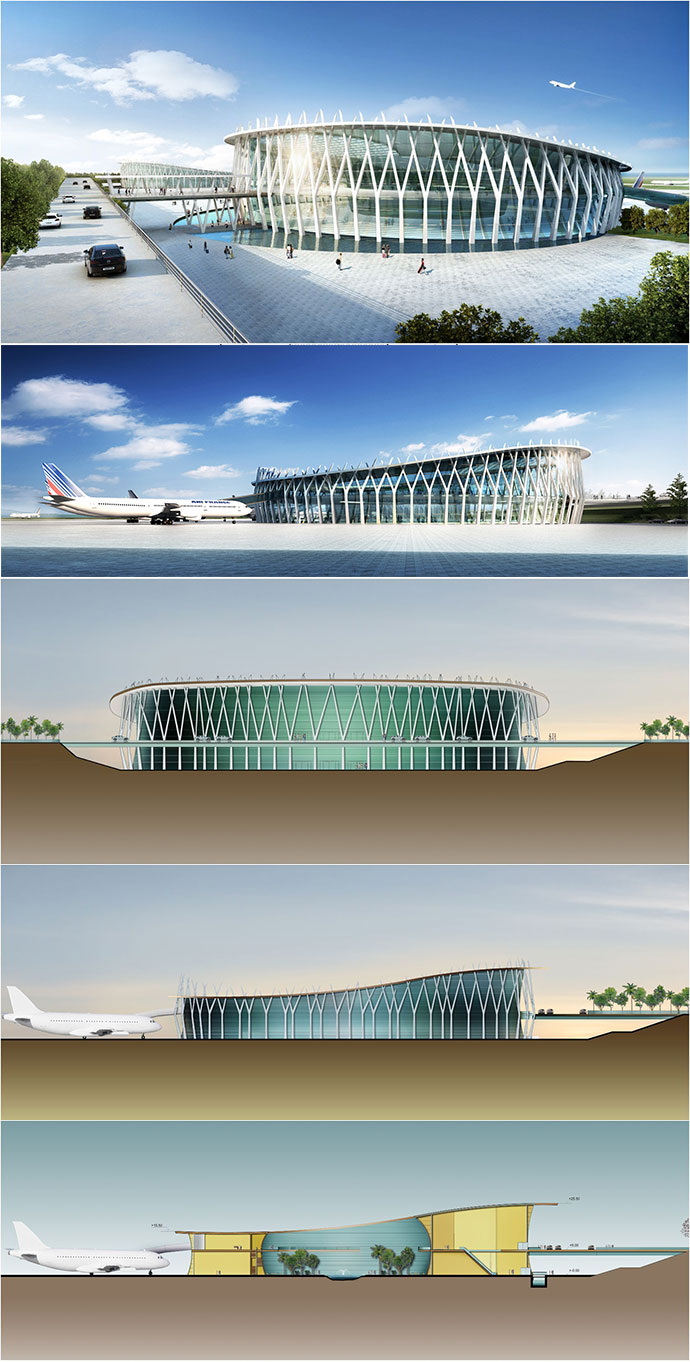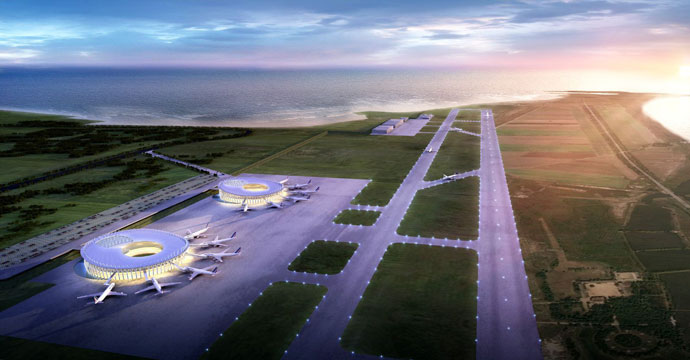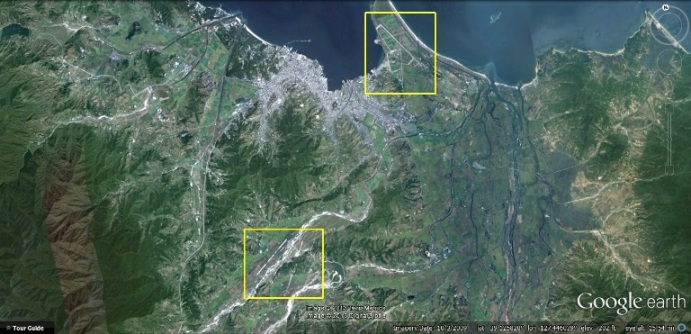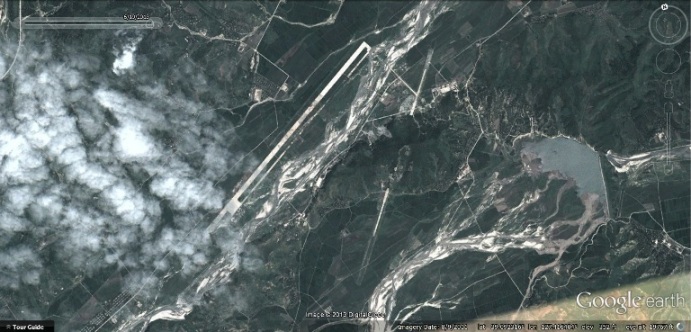New economic development project also includes 'business centre' and golf course

WASHINGTON D.C. – Architectural plans for a $200m airport on North Korea’s east coast have been made available to NK News by PLT, a Hong Kong-based architectural firm bidding to design what North Korea hopes will serve as a major transportation hub for the Kumgang Tourism Zone (KTZ).
NK News contacted the firm for comment and, although initially happy to go on the record, correspondence has since gone unanswered. It is not therefore clear if the plans––which NK News is publishing with the permission of PLT––have been confirmed.
North Korea recently announced laws to govern the management of newly-created “economic development zones” –– zones that are legally distinct from the previously announced Kaesong Industrial Complex, Kumgang Resort, Rason and Hwanggumphyong economic zone projects in that they do not appear to be referring to or defined by a distinct geographical designation. They can, theoretically, be located anywhere in the country.
Recent visits by Kim Jong Un and other top economic officials to the construction of the Masik Pass Ski Resort, the introduction of “Masik Pass Speed” as a propaganda slogan, a push to re-open the Mt. Kumgang Tourism Zone (KTZ) to South Koreans, and designs for a new international airport indicate that Kangwon Province could be the site of the first of these new economic development zones.
Architectural plan showing location of proposed Wonsan International Airport. Image: PLT Planning & Architecture Limited, used with permission.
RIDING THE GOLF STREAM
According to the plans, conceived by architects Otto Cheng and Karolis Kazlauskas, the proposed civilian runway is approximately 3,500m long, almost a kilometre longer than the current Korean People’s Army Air Force landing strip –– and longer than any of the the runways at Washington Dulles International Airport.
Floorplans for proposed Wonsan International Airport terminal. Image: PLT Planning & Architecture Limited, used with permission.
DRUMMING UP IDEAS
The new airport designs show two terminal hubs––possibly one for domestic flights and another for international flights––that are designed to resemble traditional Korean drums, according to a PLT press release.
Each terminal will be two stories tall with a total floor space of 12,000 sq m. According to the blueprints, each building can accommodate six planes at once. Arrivals will take place on the ground floor, departures on the elevated floor. One terminal features an ‘indoor garden’.
Artist impressions of proposed Wonsan International Airport terminal. Image: PLT Planning & Architecture Limited, used with permission.
North Korea has been constructing a new ‘hardened’ air force base five miles to the southwest of the Wonsan landing strip since 2002. Assuming this plan is put into action, the Korean People’s Army Air Force squadron is likely to relocate there:
Location of old Wonsan airstrip and enlarged future hardened air force base, further inland. Image: Google, modified by Curtis Melvin, NK News.
Once completed, the hardened air force base––which has has received extensive media coverage––will be composed of primary and secondary runways approximately 2,470m long. Most of the fleet and support facilities, however, will be hidden underground.
Converting the abandoned Wonsan Airforce Base into a civilian airport makes sense given economic development in the Kangwon-do region.
It is not a shortage of regional airports or poor infrastructure, however, that has hindered foreign direct investment in North Korea –– a lack of policies and organizations that credibly protect property rights and enforce contract terms are still the primary problems facing Pyongyang’s economic “adjusters” who seek to attract more foreign direct investment.
Following wide international coverage of the Xiyang mining company and the ill-fated Kaesong Industrial Zone, it will likely be some time before most large foreign investors will feel secure in a big bet in the DPRK.
Additional reporting by James Pearson in Seoul. Headline illustration: NK News (Illustration not to scale).
















































